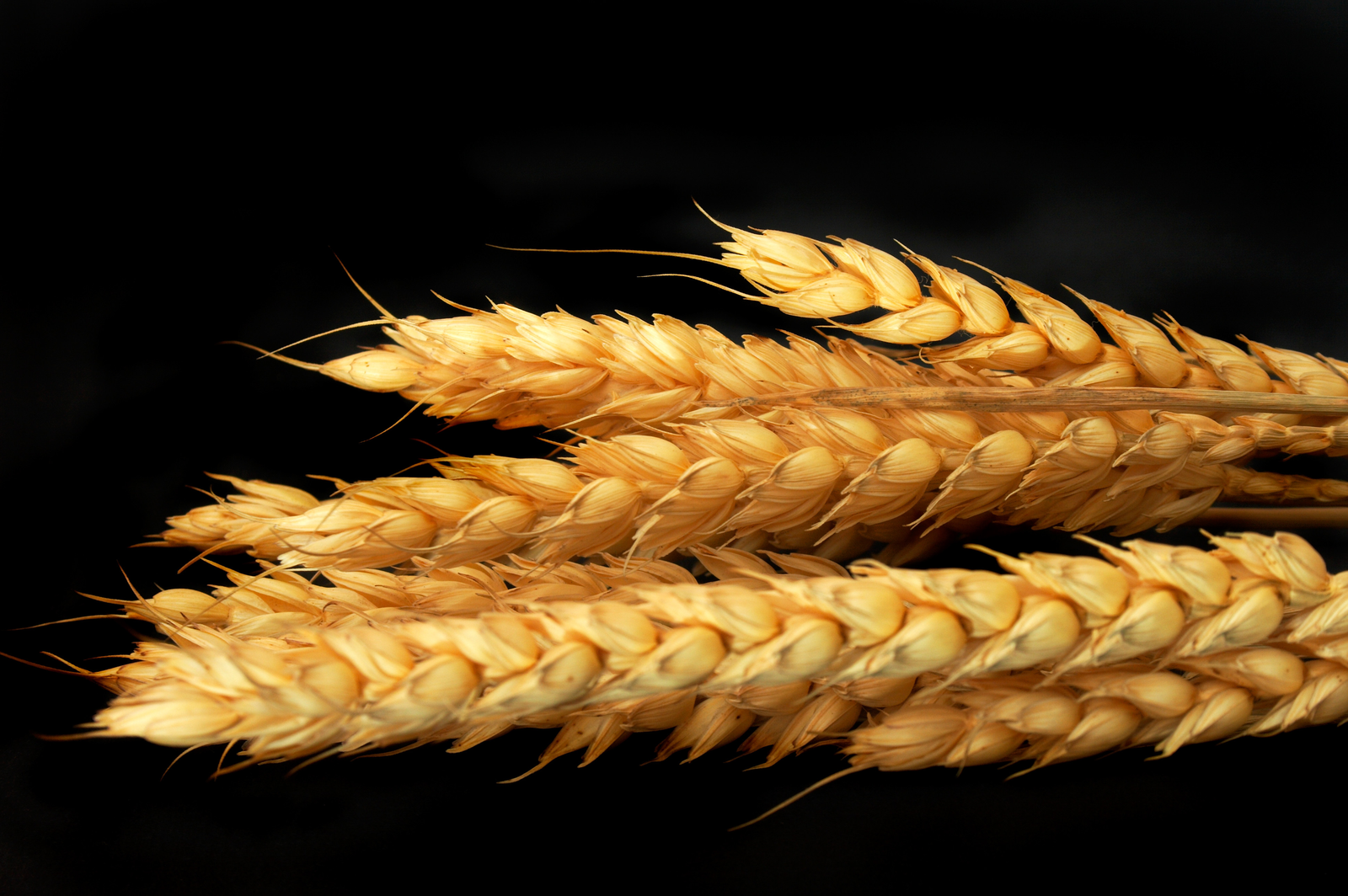More mycotoxins in Belgium grain samples

Out of the 298 grain samples tested, around 64% contained at least one mycotoxin. This is the conclusion of a survey done by Bemefa.
The Belgium feed industry systematically monitors raw materials on the presence of mycotoxins, and part of the sampling plan of The Belgian Compound Feed Industry Association (Bemefa).
Early Warning System mycotoxins
An addition to the sampling plan is the Early Warning System, aimed to gather data as soon as possible after harvest to have these data available for grain traders and grain processors. This sampling is done in collaboration with KVBM (Royal Association of Belgian Millers) and Synagra (the Professional Association of Traders in grains and other Agricultural Product).
64% above detection limit
In total, 498 post-harvest samples were analysed for the presence of one or more mycotoxins. The samples included 365 samples of wheat, 109 samples of barley, 12 samples of triticale, 6 samples of oats, 5 samples of spelt and 1 rye sample. In 319 out of 498 samples, at least one mycotoxin was above the limit of detection. This corresponds to 64% of the analysed samples. In the 2015 harvest, 34% of the samples were contaminated and in 2014 this was 48%.
55% of the Deoxynivalenol (DON) samples was lower than the detection limit of 250 ppb. The standard for DON in unprocessed cereals (food) is 1,250 ppb (Regulation 1881/2006). 44 samples (intended for use in feed) exceeded this value (mainly wheat samples). Guidance value for DON in cereals (and cereals for feed) is 8,000 ppb (Recommendation 2006/576). This level was exceeded one time (German wheat sample). All other results were 5,300 ppb and below. The guidance level for zearalenone (ZEA) in cereals (and cereal products) is 2,000 ppb (Recommendation 2006/576). For foodstuffs (Regulation 1881/2006), 100 ppb is the maximum level. 89% of the samples were below this detection limit. The levels of Aflatoxin B1, Fumonisin Fumonisin B1 and B2 were all below the detection limit. The maximum value found for the sum of T-2 and HT-2 was 846 ppb (oats with Belgium origin and with destined for feed).
Bad harvest circumstances
Bemefa says the increase in contamination level in this year’s harvest is the result of less favourable growth circumstances. Especially for DON and ZEA, the situation is worse than previous years. Bemefa advises to consider extra monitoring and sampling by grain operators. This is also because the mycotoxin contamination can increase during storage (this survey only tested post-harvest contamination levels).











